Hyundai Motor Company Completes a 40km Autonomously Navigated Highway Journey
The semi-trailer truck, which has a maximum load capacity of 40 tons, was semi-equipped with a Society of Automotive Engineers (SAE) standard Level 3 autonomous driving system, enabling it to steer, accelerate or decelerate, and manoeuvre through traffic without human input.
“This successful demonstration proves that innovative autonomous driving technology can be used to transform the trade logistics industry,” said Maik Ziegler, Ph.D., Director of Commercial Vehicle R&D Strategy Group at Hyundai Motor Company. At this stage, a human driver is still used to control the vehicle manually in certain situations, but I think we will achieve level 4 automation soon as we are constantly upgrading our technological capability.”
The trip, between Uiwang and Incheon, took place on 21st August and was held in cooperation with Hyundai Motor’s trade subsidiary, Hyundai Glovis. The truck stayed within the expressway speed limit of 90km/h through the one-hour journey, along one of South Korea’s busiest freight routes.
Although a human driver was on-board to take over manual control when required, the vehicle’s innovative technology features enabled it to maintain and change lanes during the natural flow of traffic, detect lane changes made by cars in front of it, navigate through tunnels, and perform a complete halt or accelerate according to road traffic.
The Hyundai’s Hydrogen-Powered Nexo Outruns Tesla
The semi-trailer truck is approximately 3.5 times longer, 1.4 times wider, and 9.2 times heavier than the average compact sedan, when compared with the weight of an empty vehicle. This requires an advanced and detailed autonomous navigation system. Accordingly, Hyundai Motor equipped sensors similar to the ones featured in autonomous sedans, and additional sensors optimised for heavy-duty trucks, such as a hitch angle sensor and trailer rear radar sensor, meaning the truck could be safely stabilised upon sharp turns.
The data collected by each sensor is synchronised with the HD map, which relays information to the electronic control module for localisation. The module makes accurate decisions for each situation, controlling the speed, steering, and braking accordingly.
A new steering control system (MAHS: Motor Assist Hydraulic Steering) developed by Hyundai Mobis was also implemented, providing a precise steering mechanism that controls the steering angle depending on the decision made by the electronic control unit. This minimises the effort required to steer the vehicle, reducing driver fatigue.
BMW At The Consumer Electronics Show (CES) 2017 In Las Vegas
“Hyndai Glovis’ success in utilising self-driving trucks as part of its delivery service proves that the self-driving technology is being utilised in actual logistics transport and can lead to mutual development,” said Sang-Sok Suh, Ph.D., head of strategy & planning group at Hyundai Glovis.The company will be a leader in adopting future mobility technology such as autonomous driving for the trade logistics industry.”

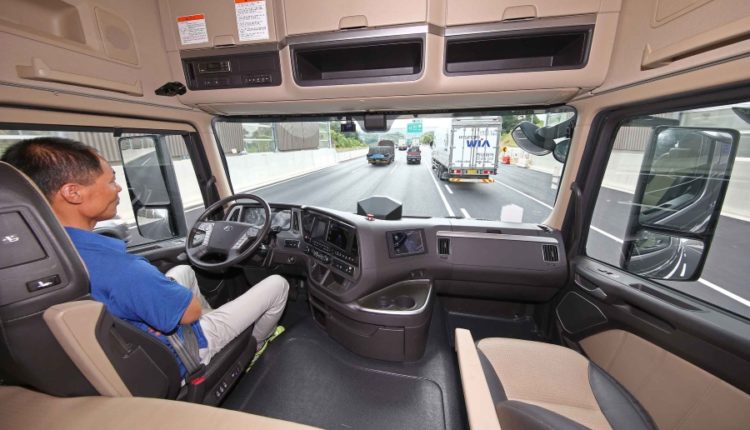
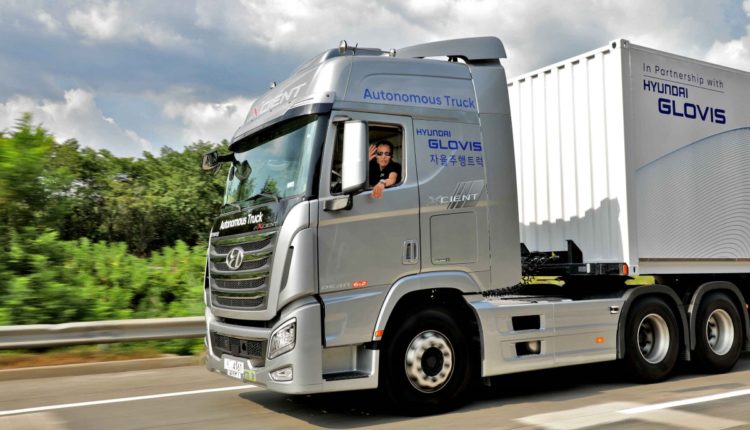
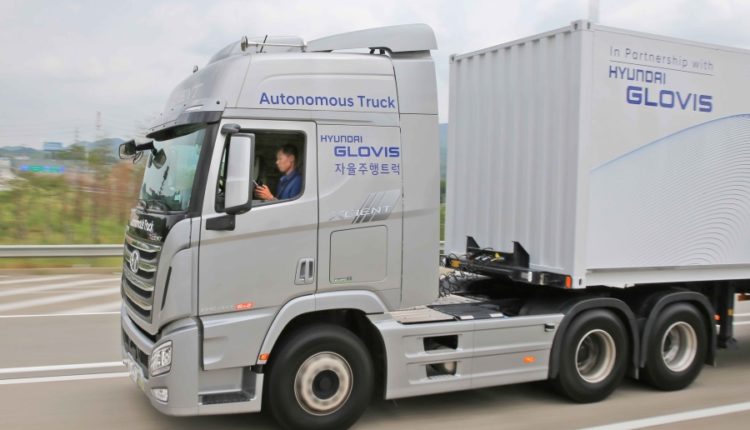
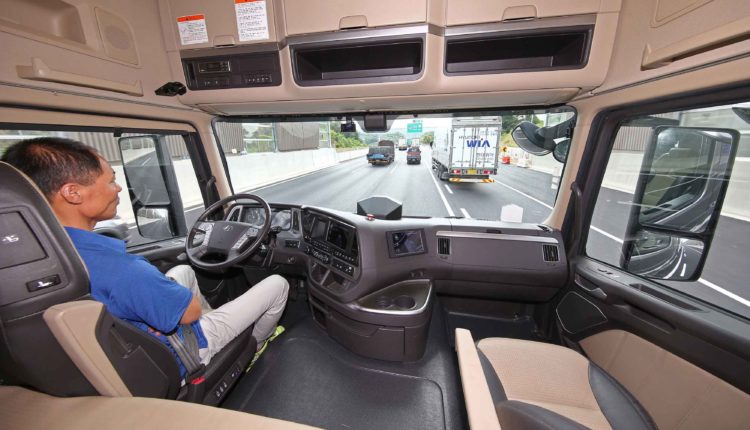
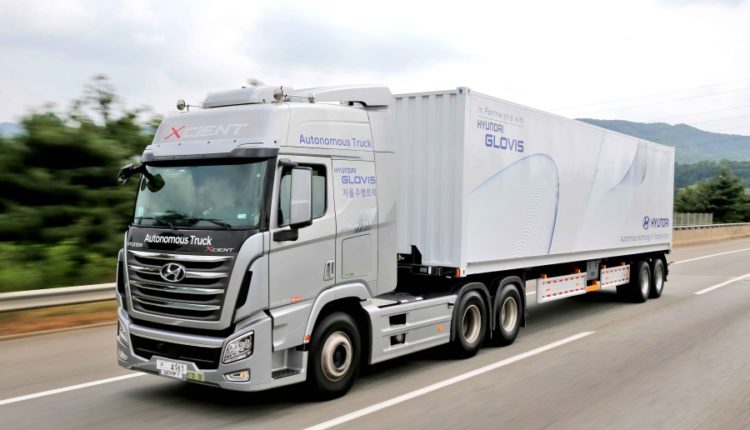
Comments are closed.